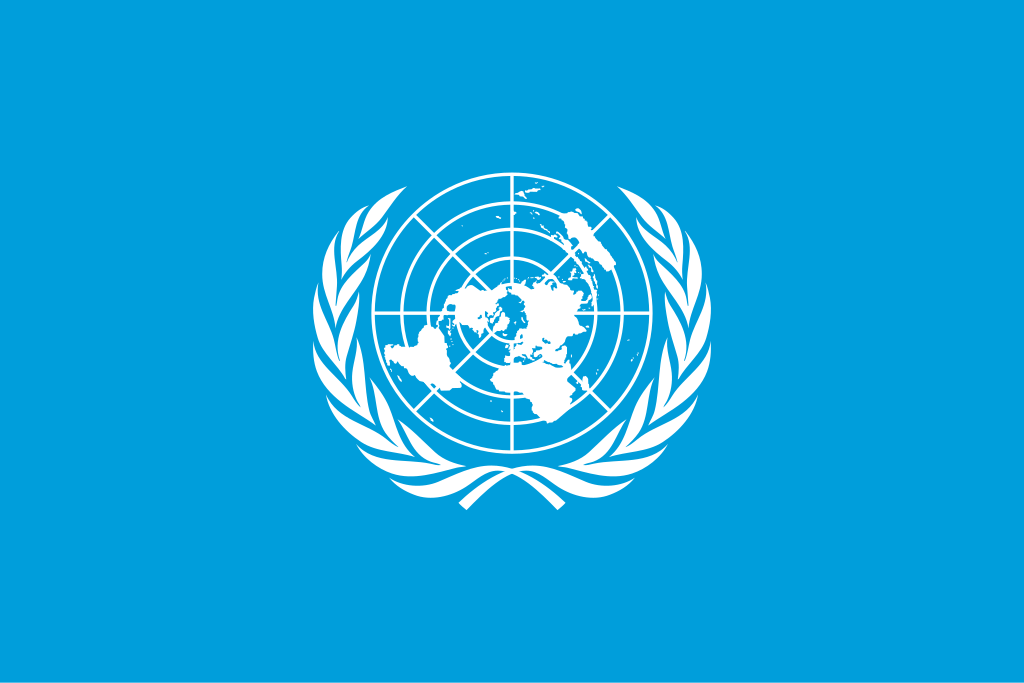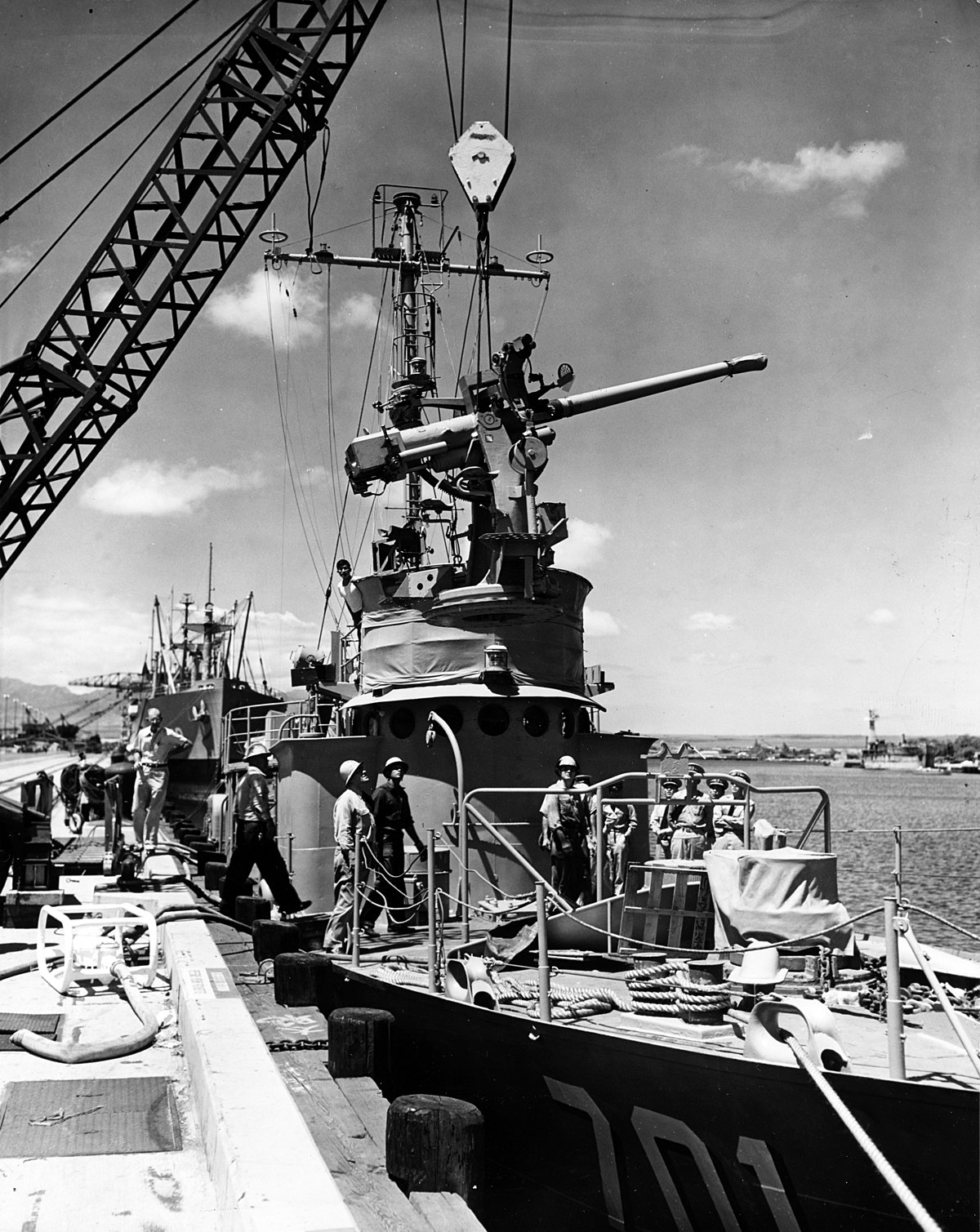In the closing days of World War II, Korea found itself at the mercy of the global superpowers. After 35 years of Japanese colonial rule, the Korean Peninsula was liberated in 1945, but independence was short-lived. The United States and the Soviet Union, emerging as rival victors, pided Korea at the 38th parallel, intending to establish a unified government. However, Cold War tensions escalated, and by 1948, two separate states had emerged: North Korea, under the Soviet-backed Kim Il Sung, and South Korea, under the American-supported Syngman Rhee. Both leaders claimed the entire peninsula, leading to violent border clashes and internal unrest.
On June 25, 1950, North Korea launched a full-scale invasion of the South. The Korean People's Army (KPA), armed and trained by the Soviets, quickly overwhelmed South Korean forces and captured Seoul within days. The United Nations Security Council, in the absence of a Soviet veto, condemned the invasion and authorized military intervention. The United States, providing the bulk of the UN forces, rushed to South Korea's aid. By August, South Korean and UN forces were cornered in the southeastern Pusan Perimeter, on the brink of defeat.
Then came a dramatic reversal. On September 15, 1950, General Douglas MacArthur orchestrated a bold amphibious landing at Inchon, cutting off North Korean supply lines. Within weeks, UN forces pushed north, recapturing Seoul and advancing into North Korea. By October, Pyongyang fell, and troops reached the Yalu River, the border with China. But this rapid success triggered an unexpected response-China entered the war. The Chinese People's Volunteer Army (PVA) launched massive offensives, driving UN forces back and recapturing Seoul in early 1951. In March, another UN counteroffensive regained control of Seoul, and the frontlines stabilized near the 38th parallel.
What followed was a brutal stalemate. Armistice talks began in July 1951 but dragged on for two years as both sides dug in. The U.S. launched an intense bombing campaign, devastating North Korea's infrastructure. Meanwhile, battles of attrition, such as those at Heartbreak Ridge and Pork Chop Hill, defined the latter years of the war. Both sides suffered immense casualties, with civilians bearing the heaviest toll.
Finally, on July 27, 1953, the Korean Armistice Agreement was signed, establishing the Demilitarized Zone (DMZ) and exchanging prisoners of war. However, no peace treaty followed, leaving the Korean Peninsula in a state of unresolved conflict. The war left deep scars-North Korea became one of the most heavily bombed countries in history, and millions of civilians perished. To this day, the DMZ remains one of the most fortified borders in the world, a stark reminder that the Korean War never truly ended.

 North Korean
North Korean



 United Nations
United Nations


















